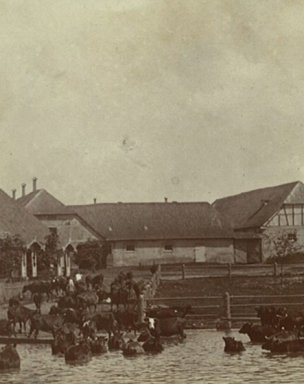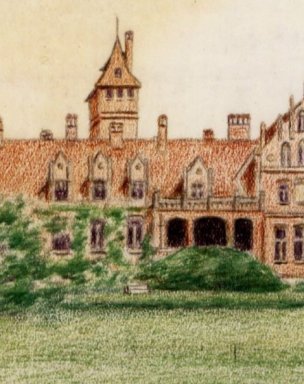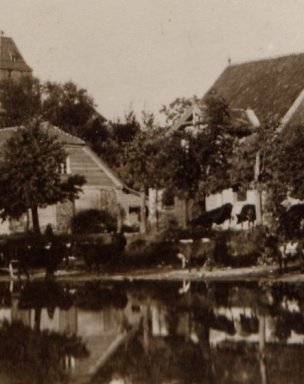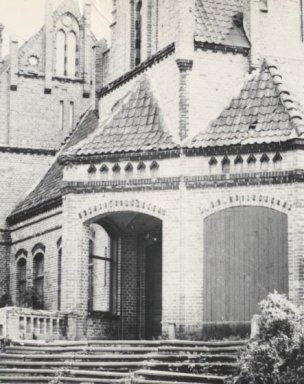Jaunmoku Palace, where shapes of neo-Gothic style blend with Art Nouveau elements, has a special place among the masterpieces of Latvian architecture. The Palace was built in 1901 according to the design of the architect Wilhelm Bockslaff (1858-1912) as a hunting lodge for the Mayor of Riga George Armitstead (1847-1912).
Currently, Jaunmoku Palace offers its visitors educational activities and excursions in the Palace museum and park, a place to organise various events and celebrations, have a delicious meal in a restaurant, as well as an overnight stay in a hotel – everything for your most beautiful moments in one place!
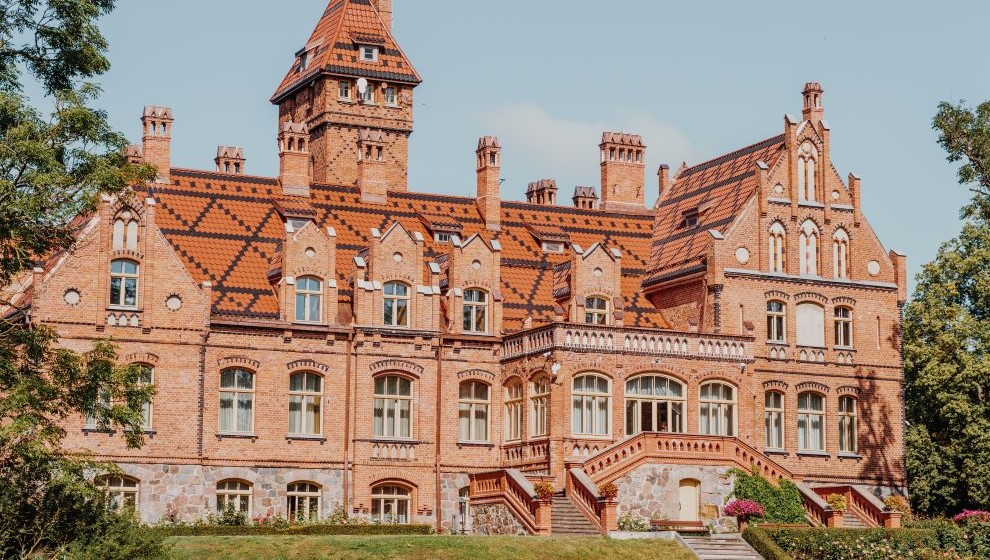
Jaunmoku Palace Museum
There is a museum in Jaunmoku Palace, and the decision to establish the Forest Museum was made during the restoration of the Palace in 1974. In 2004, the museum received the first National Accreditation of Museums, but in 2021 it was awarded with it for the fourth time. The collection of the Museum is a historically based set of objects that reflects the traditions of forest management in Latvia, as well as the fate of the Jaunmoku Manor complex, environmental, cultural and historical events and people related to it. As of 1 January 2021, 3468 items are included in the collection of the Museum.
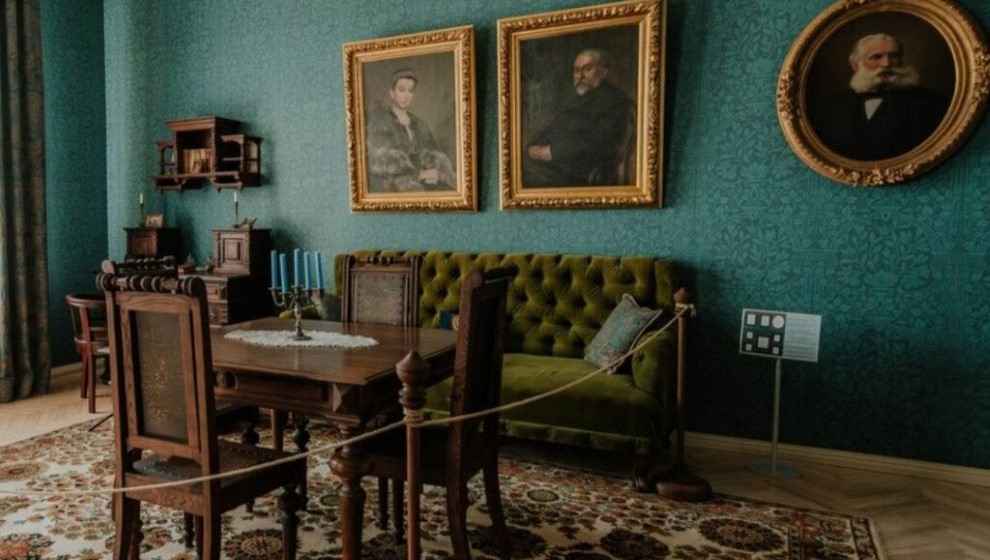
Jaunmoku Manor Complex
The complex includes a park with an area of 9.8 ha and 6 buildings preserved from the previous constructions – a Palace or Manor House, a dairy or “Dairy House”, a stable, a barn, carpentry and a smithy. The buildings of Jaunmoku Palace manor with a park is included in the list of state significance architectural monuments with state protection No. 8548, while the painted tiled stove as a state significance art monument with state protection No. 4449.
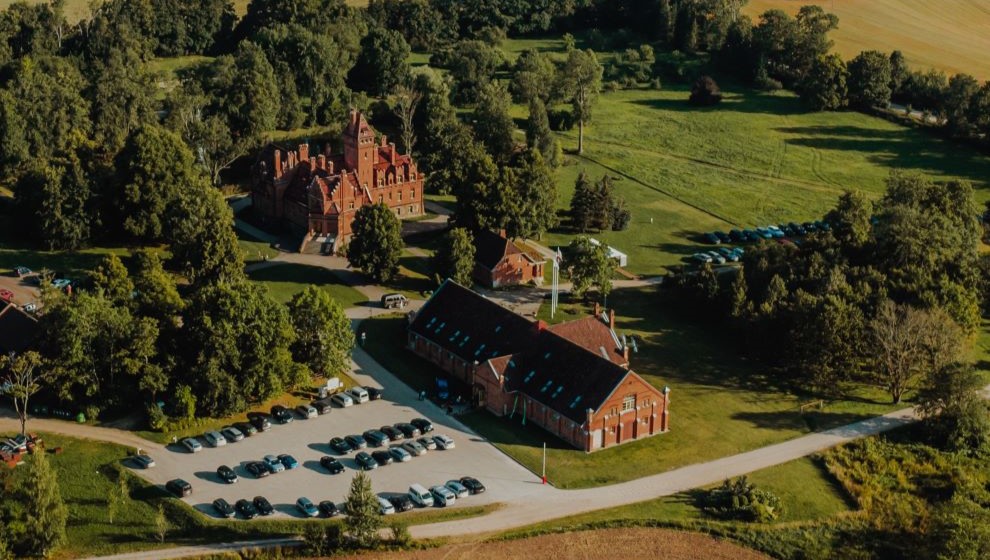
The Park of Jaunmokas Palace Complex
The development of the park began in the 19th century and continued into the early 20th century, shaping it into a classic landscape park. Today, the area is home to over 60 species of trees and shrubs. The centenarian avenues — the Holland Linden Avenue and the Pond Linden Avenue (featuring common lindens) — have been recognized as locally significant protected natural sites.
The Forest Park Walking Trail at Jaunmokas Palace was created with support from the European Agricultural Fund for Rural Development (EAFRD) under the Latvian Rural Development Programme 2014–2020, as part of the open project competition for the sub-measure “Initiatives for the Development of Local Potential.” The trail includes an educational game set titled “Thematic Discovery Games of Jaunmokas Palace Forest Park Walking Trail” (Project No. 22-08-AL01-A019.2202-000008).

